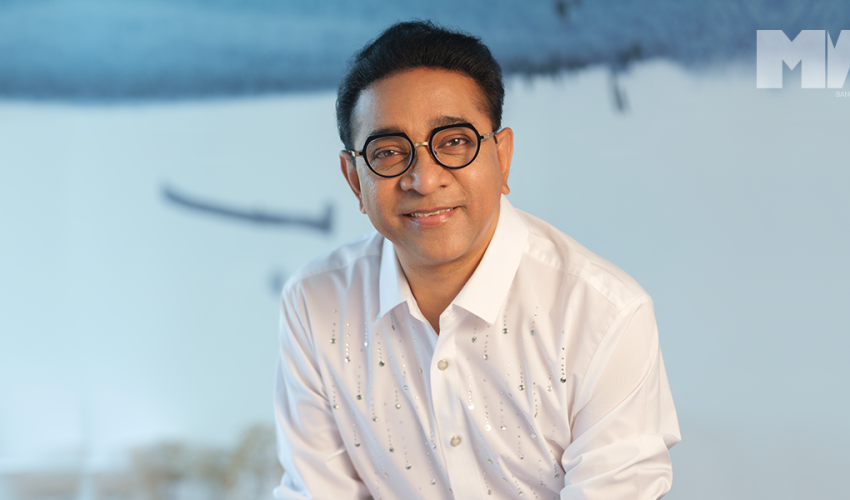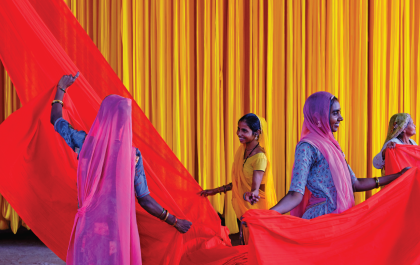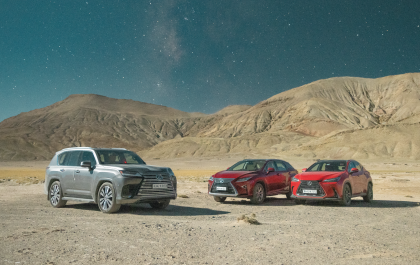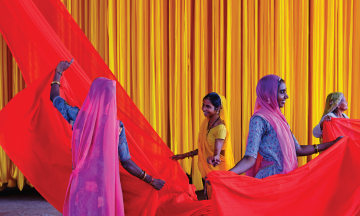An insightful conversation with eminent architect Rafiq Azam
By MWB Desk
Rafiq Azam isn’t your typical architect. Sure, he boasts the pedigree – a 1989 graduate of the prestigious Bangladesh University of Engineering and Technology (BUET) – but his structures hum with a different kind of energy. It is as if the ancient Bengali whispers of Lalon and Tagore weave themselves into the very walls. Perhaps that is because Azam not merely an architect, but so much more. He is an artist by conviction, a soul who stumbles upon buildings as naturally as one finds poetry in a blossoming hibiscus.
This unique vision has garnered him accolades aplenty. The Leading European Architects Forum Award in 2012 stands as a testament to his global impact, while a trove of nine SAARC (South Asian Association for Regional Cooperation) Architecture Awards whispers tales of his regional mastery. But for Azam, the truest recognition lies perhaps in the way his buildings breathe life back into Bengal’s heritage, fostering a harmonious dialogue between nature, tradition, and the mystical. In his world, even a house is not just a shelter – it is a canvas for butterflies and birds to paint their dreams upon.
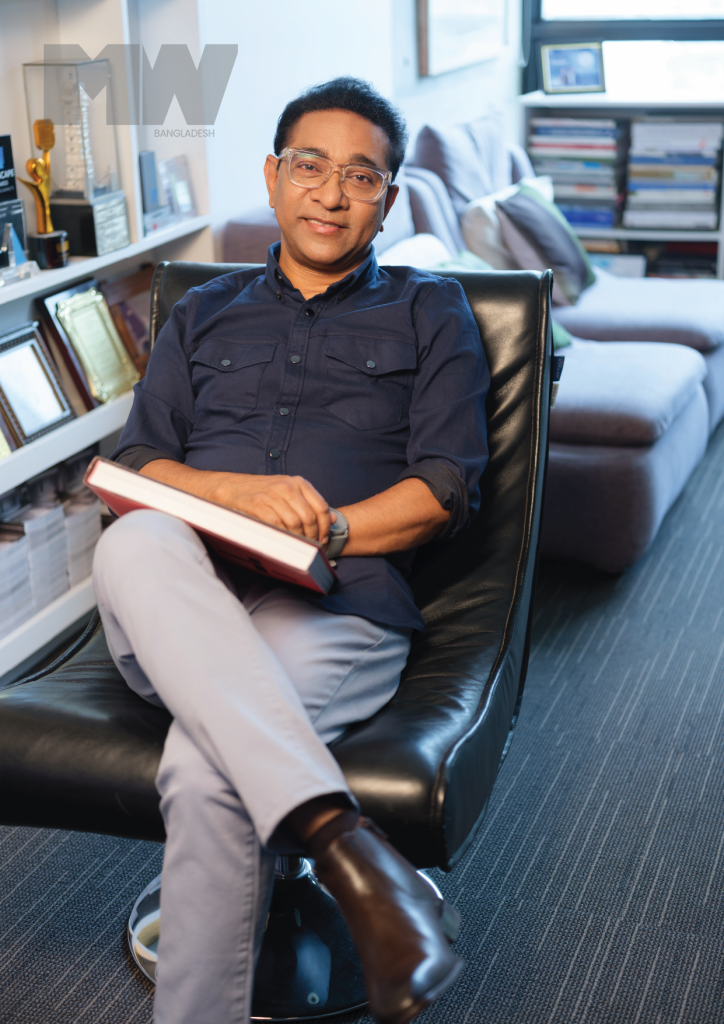
Recently, the MWB team descended on his studio Shatotto for a conversation with this visionary about his ecological approach to architecture.
We are going through a very hot period here in Dhaka and in many places of the world, and I want to come straight to the heart of the matter. The brand of your work is “architecture for green living,” but we live in a city where greenery is lost by the day. What does green living mean in the context of Bangladesh?
I want to start by making something clear. Our motto has been “architecture for green living” since 1995, long before “green” became a buzzword. Just so you know, the Green Building Council was formed in 2000.
I was an artist first and actually became an architect because my family wanted me to pursue a more financially sound profession. And while art and architecture are spiritually siblings, they’re not the same. After graduation, I tried to marry my passion with my vocation and started displaying architectural pieces and call them “Artchitecture,” which I did a showing of in New York.
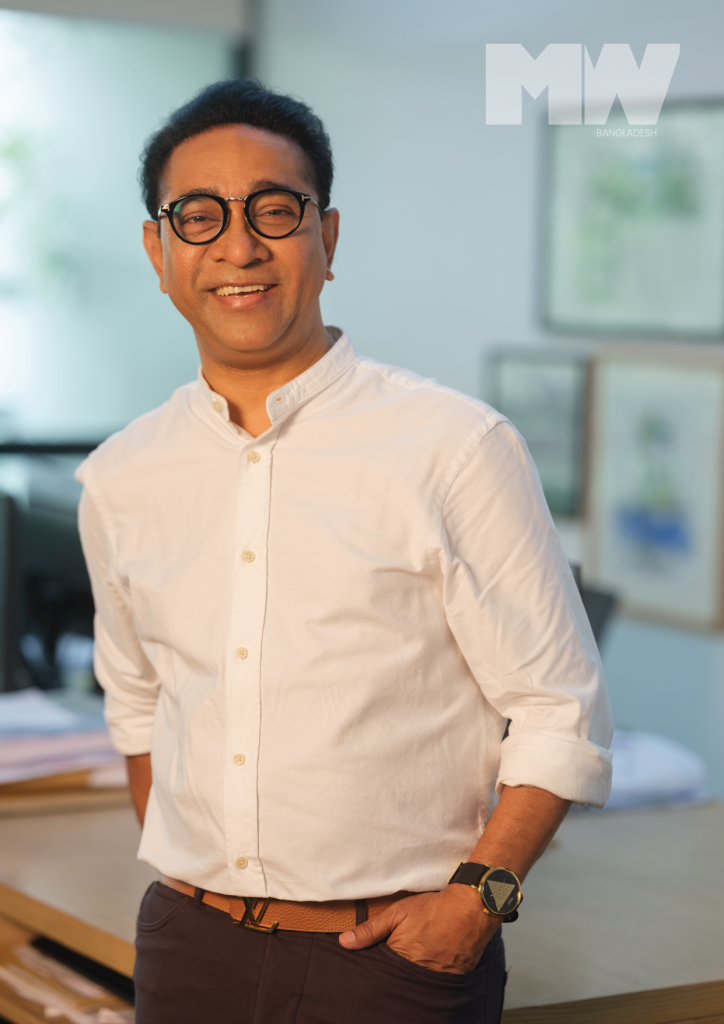
The “green” in our brand motto actually came from themes I used in my watercolor paintings. Greenery, boats, sky – and incidentally, you will find the boat as a recurring motif in many of the houses I have designed. In fact, Shatotto, the name of my firm comes from a poem by Michael Madhusudan Dutt, about a river he used to miss during his time abroad. “Continuously remembering,” the Bengali of “continuously” is Shatotto. The aim was to continuously do something green which fits our country’s landscape. It has nothing to do with the Green Council’s “green architecture.” But ideologically, I am already going where they want to reach.
There did not use to be any AC or fan in my village home before. People used to build south facing houses, with an innate knowledge of how the breeze passes through the house, how the sunlight would warm the space in winter. People used to use that knowledge before. It was in our lore – you know Khonar Bochon? We want to bring all that to practice. We are connecting our history, our knowledge, and our predecessor’s understanding with my forward thinking. Though many international companies will say the same thing, our process is different.
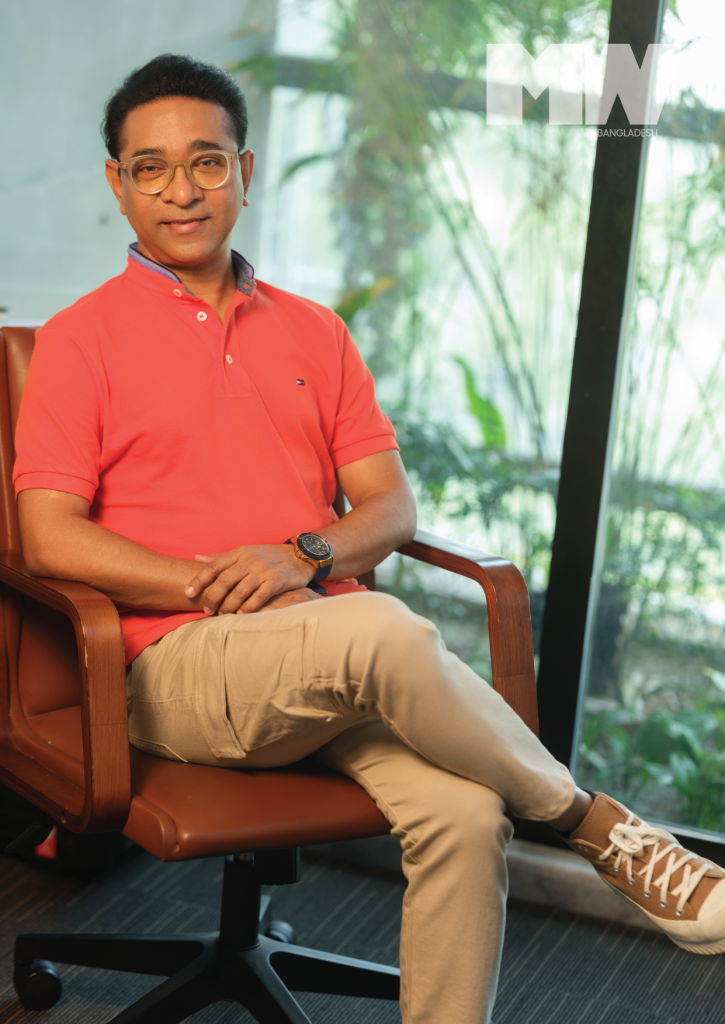
Now, the heat wave in Dhaka … Not only Dhaka, Dubai got flooded recently. They never imagined this situation. They do not know how to handle it.
What about the kind of urbanization we are seeing, with high-rises being built everywhere. Is this a good thing?
You cannot get away by blaming climate change. Nothing is an isolated incident. “The building designs in Dhaka city are bad, that is why the climate is so bad.” No. If something happens, you will notice a lot of things piled up over time that caused it. Your parents have helped you, your peers are against you, you have fought to prove them wrong, your health was good or you fell sick so you couldn’t keep up, you studied meticulously, etc. When a lot of factors like that combine, you become something.
There is not one or two reasons behind a city’s downfall. There are a plethora of reasons why Dhaka is the way it is. For one, it would have been completely different if 20-30-40 lakh people lived here. Why do two crore people live here? Humans have their own body temperature. Two crores of people keep releasing their body temperature into the wind. If it was 20 lakh people the temperature would have been remarkably less.
When you add all those uncountable reasons, you get a result. That is one thing. Another fact is that the population is increasing as well as the temperature. The world’s temperature is also rising. If Dhaka’s temperature is increased by 4 degrees, the world’s temperature will also increase by 2 degrees. If it increases by 6 degrees the world may collapse. There are books about it.
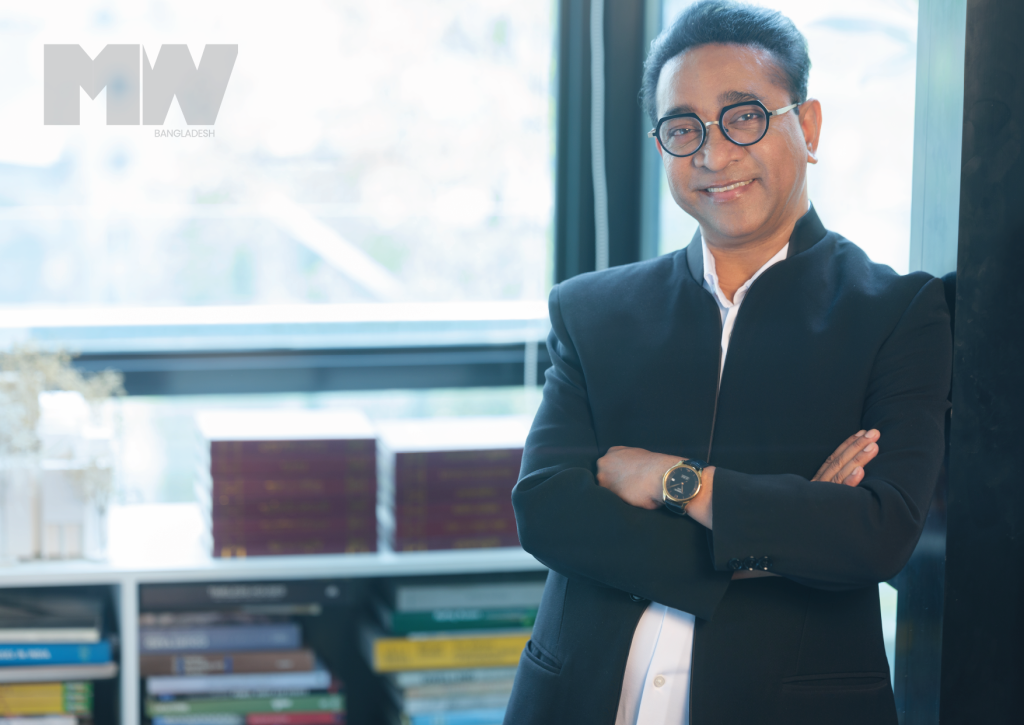
Another reason is that we are not truly grasping the need for trees. On the other hand, trees are not something that give you a lot of oxygen. It is a misconception that trees give us a lot of oxygen. If that was true, people would not be able to survive in the deserts. They do provide oxygen, but not enough for you to live. Water provides us with the most oxygen. Suppose there is a big sea beside a desert, Red sea or Mediterranean Sea. This sea makes up for a lot of oxygen the desert area cannot provide.
Dhaka’s water is all gone. There were hundreds of water channels but we closed them all one by one. There are only about 10-12 channels left. With that, the source of oxygen is gone too. They could help cool it down but now that is not possible anymore. Trees that give us oxygen and shade, we destroyed those too.
It has become a heat island now. Many reasons working together like this is why Dhaka is in this state now. You cannot solve this issue by planting trees alone. No chance.
You have to plant trees, increase the water levels, control the population, etc. Do you know what will happen if we only plant more trees? That will attract more rain. The rain will make it cooler but where will you send the water? So you have to increase the channels. You need to have a comprehensive understanding. If you can work with the whole system, it is possible to make it less hot to some extent. The possibility of it happening is almost zero.
Another big problem is that Bangladesh with its area of 1,47,570 square kilometres receives waters flowing in through India and Bhutan that is better suited to 2.5 million square kilometers. In summer and rainy season when the water comes, it floods everything on its way to the Bay of Bengal.
We still have some remaining channels which is why we see some dry places but otherwise 80% of our land goes under water. Add to that the rainfall in monsoon, and imagine how much water we are dealing with.
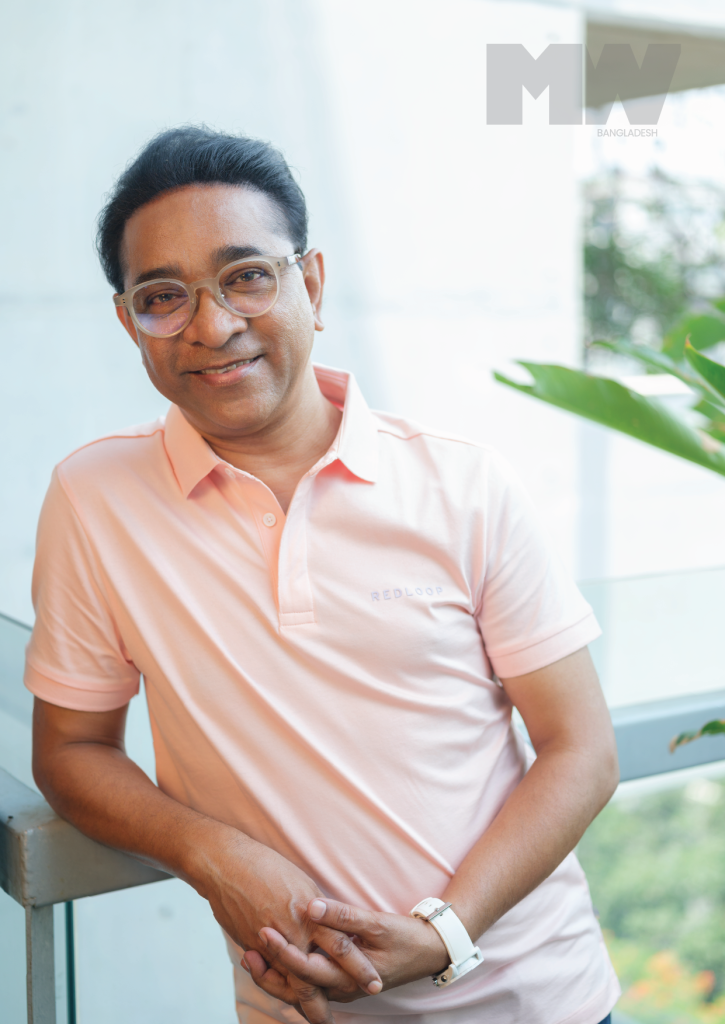
Without understanding this, people are making miles and miles of road, bridges over that road, then over-bridges on top of that. It is insanity. It still would have worked if the water channels were being prioritized along with the roads. This city could have been a beautiful rainy walkable city with boats and cars. But we have destroyed it completely.
What is Bangladesh doing wrong in terms of climate adaptation? What is it doing right?
It is a very complicated issue. Even if the whole of Bangladesh goes forward only making the right decisions, still we would not be able to stop it. But Dhaka and every other city are constantly making wrong decisions. We eat junk everyday as if our body is a trash bin. Our kidneys are protesting, asking us not to consume so much junk that it cannot process. Our pancreas are failing. Our hearts are struggling to pump blood, because the veins are closing off. Is that something a wise body will do? It is an absolute disaster. We are doing this exact same thing with the city.
However, even if we start making the right decisions, still we would not be able to solve the problem. Pollution from our neighboring countries will travel here by wind. For example, Delhi is a beautiful city with lots of beautiful gardens and green places. Still pollution is higher there because of its neighboring cities. Delhi is helpless against it. Like we are helpless against it as well. We need a global consensus.
Bangladesh creates 0.0001% pollution in terms of global warming, compared to China or America. We suffer the most. They will push it towards us. Now they have made a new policy. They get certificates from everywhere saying: “I will plant one thousand plants for you and set up a factory that generates a couple lakh tonnes of carbon dioxide. Done.” They call it carbon trading. Carbon trading is very common these days. So, we are in big trouble.

Please tell us a bit about your process and philosophy behind your architecture. How do you choose a project and how to you proceed with it?
Philosophy brought variety into my architecture. I don’t mindlessly copy anything. Whenever I am working on a project, I listen to what the client says. It turns out the client is a fan of Rabindranath. Now I read Rabindranath and think if it’s possible to do Rabindrik architecture. When Lalon’s subject comes up, I think about what kind of work I can do with Lalon. I have come up with many philosophies like that. This is my process. Otherwise I would have to make copies of my own designs too.
Site visits are very important to me. To me the feeling is almost similar to a young man going to meet a girl for the first time, are they going to be friends or is there enough chemistry to be lovers still unknown to him? The suspense and thrill of it, it still works in me whenever I go for a site visit for my new projects. What will I see at the site? Suppose, I saw a strange house standing in that place, I’ll start brainstorming how to handle that. Suppose the south side is open, I am relieved thinking well get lots of sunlight in winter. If we see all sides are closed, then it’s a disaster, how do we get some sunlight in? Starting the calculations right away. Site visits tell me a lot about what I should do.
After that, there are my aspirations, clients’ needs and desires. Some of them will match. The overall excitement around this unknown world. It is very similar to a girl’s excitement over meeting a young man for the first time. As long as you have that excitement, your designs will be full of life and will bring others happiness as well.
End of the day, be it Rabindranath, Lalon or Van Gogh, end of the day it all boils down to this: Humanity. They have always kept humanity in the center. Everything they said and did was to uphold humanity.
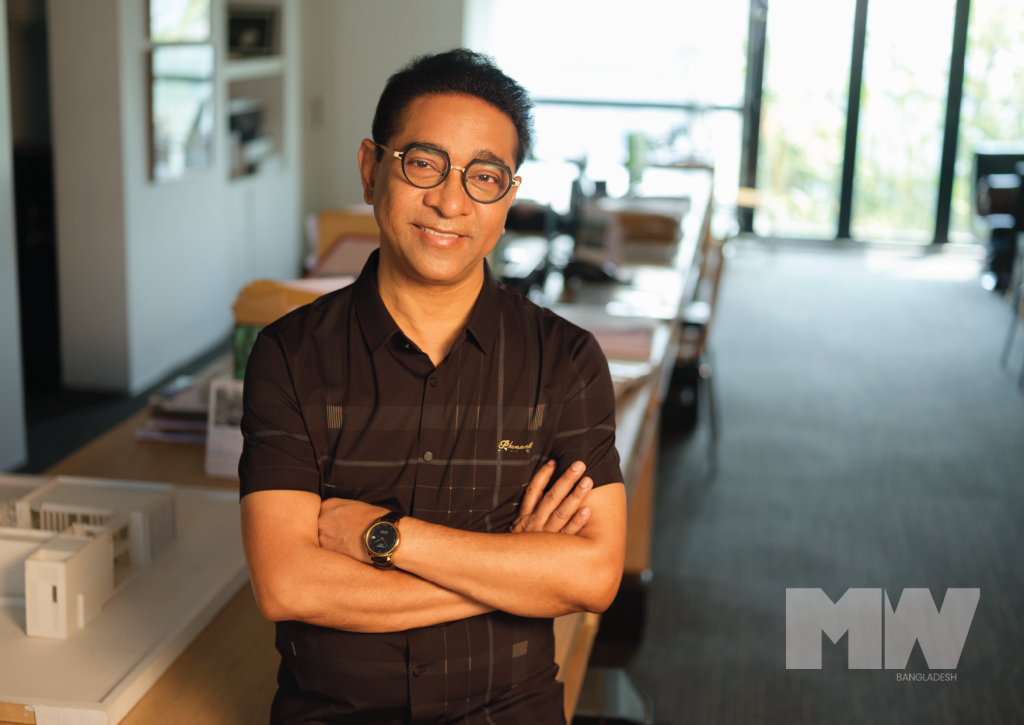
I tried to keep that in mind. Whatever I do, it is for the betterment of our society. To arm the society’s people with insights that I am a human with responsibilities, and others have responsibilities towards me. If we don’t work to expand on that enlightenment, our future is dark. And we are heading towards that darkness, so I can’t tell you much about hope.
You have understood the importance of parks and playgrounds perhaps better than any other architect, as evident from the Jol Sobujer Dhaka Project. Could you please share some experience of working on these transformative green spaces?
I have done quite a few parks. There was the Shahid Haji Abdul Alim playground in the beginning, then Delwar Hossain playground, Bahadur Shah Park etc. These are some projects I have put together over the years. I have tried to learn, be it poem or singing. I have studied Rabindranath for one year. I have read all his novels. I am not trying to brag, for context.
While I was working, these things came in handy. I learned how to apply poems to my work. How to build connections with other people. Connections between humans bring a lot of intentions into fruition. The Old Town’s language is my language; we were able to build a connection based on that language. You won’t find one Old Towner who doesn’t like me or has something bad to say about me.
I have had to fight for quality. When I first suggested removing all the boundary walls, fences or grills surrounding Shah Abdul Alim Playground, the councillors thought I was insane. They had security concerns. I argued that the tall walls they built around the park had not made it any safer; if anything, it encouraged drug dealers and other unsavory elements to thrive. Only by tearing down the walls and letting the public claim it as a public space would it truly be safe.
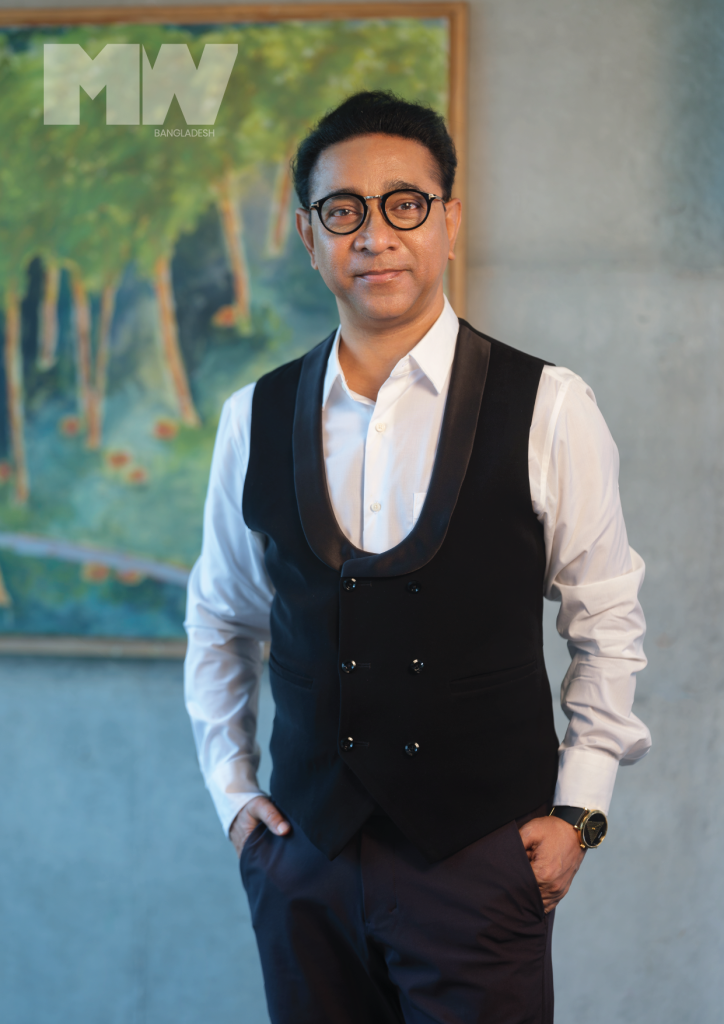
I also argued in favor of drainage, more trees, benches, and a coffee shop, and to find a way to make it well-lit and safe for women to use at night without disturbing the birds. This was a completely new philosophy which scared them.
The mayor was on my side, and we did everything on the basis of our trust in the public, and the result is the Shah Abdul Alim Playground in Old Dhaka.
What do you like to do in your leisure time?
Leisure time? I sit and worry about this country. What’s our future?
To be honest, I don’t have leisure time in my life. To say that I go abroad to pass time, I feel like I am making light of it. I go abroad to recharge myself. To see and to learn.
These trips are more about refreshing the mind. Whatever leisure time I get, I worry or read a book. I don’t read much these days. Yesterday I was reading an interview of Sylvia Plath. She’s the same, reads a lot and talks about paintings.
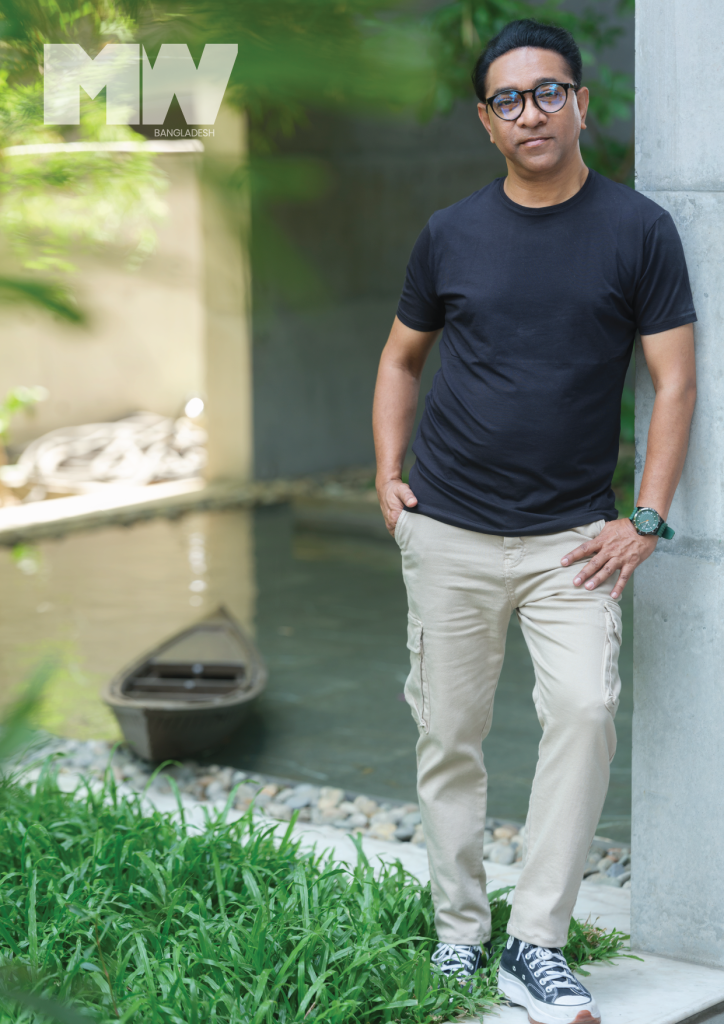
In a world with more and more virtual spaces, how does architecture evolve into the future? What is the future of this field? Are we about to see AI-designs mass-produced by 3D printing? Or will the human touch always be there?
AI is a very recent invention. We understand it very little. But AI can work with many softwares we use for example, climate logical softwares, AutoCad’s world lighting and timing. We could sort out using these softwares. AI is a combination of all that. If you ask the AI, it can do all that, plus the calculations. Before it was hard to do the calculations, we used to use different softwares to do different parts of the calculations. We used to use 10 different softwares to understand 10 different things. Now if you give it to the AI, it completes the whole calculation in one go and gives it to me. But you have to feed information and context to it, specify your requirements properly. It can’t produce something out of thin air. Though, if you’re not careful AI produces wrong answers as well.
So these are the changes we have been experiencing.




